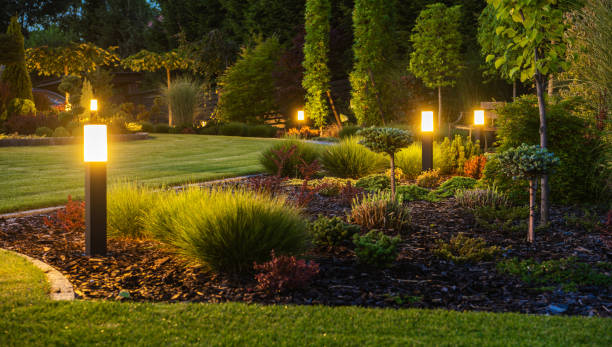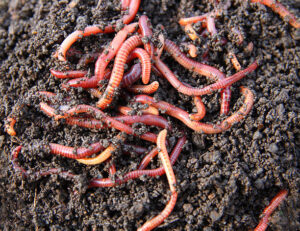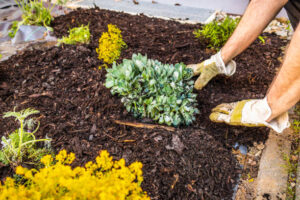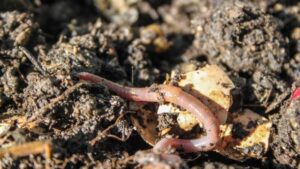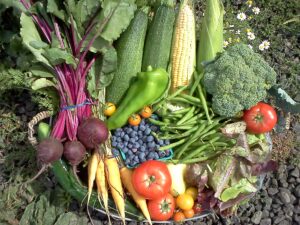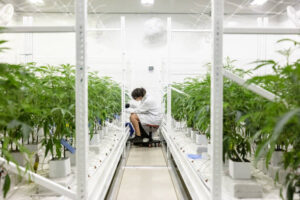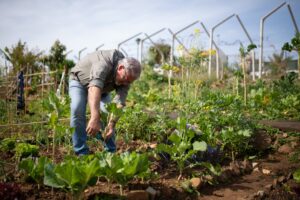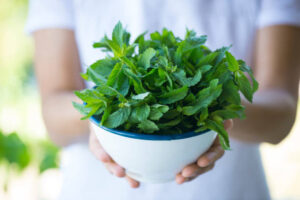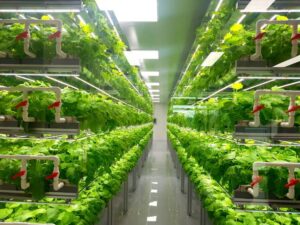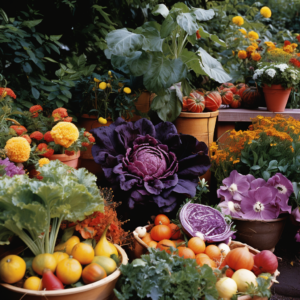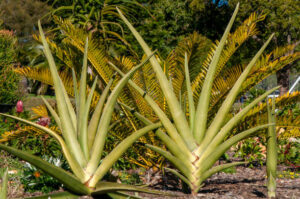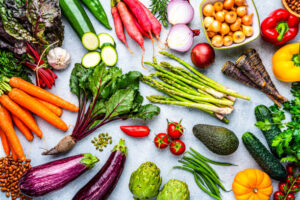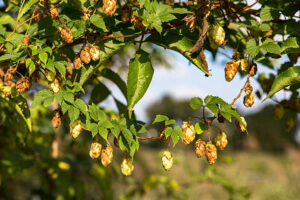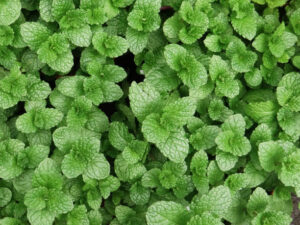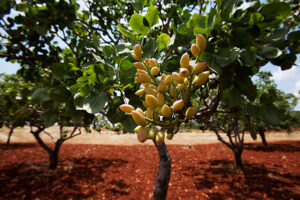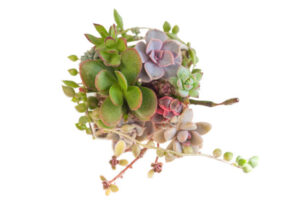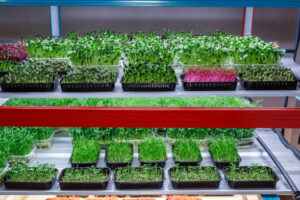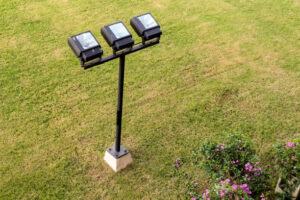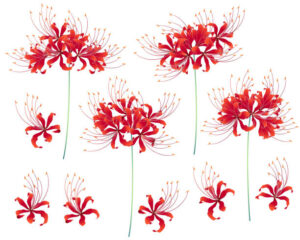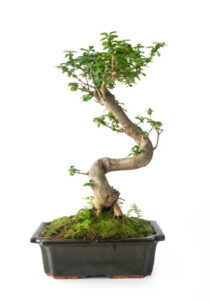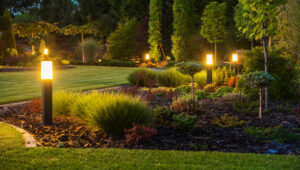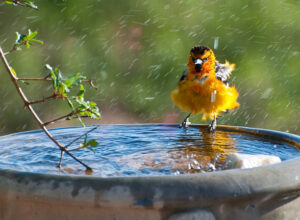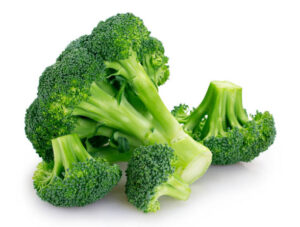How Does Light Affect Plant Growth? Understanding the Basics
Introduction
Welcome to a fascinating exploration of the vital relationship between light and plant growth. As any seasoned gardener knows, light is a key factor in fostering healthy and robust plants. In this article, we will delve into the intricacies of how light influences various aspects of plant development, from photosynthesis to flowering. By gaining a deeper understanding of these processes, you’ll be better equipped to optimize your garden or indoor plants and ensure their flourishing growth.

The Science of Photosynthesis
At the core of the light-plant relationship lies photosynthesis, the miraculous process by which plants convert light energy into chemical energy, ultimately fueling their growth. Light is absorbed by chlorophyll, the green pigment in plant cells, and is transformed into glucose and oxygen. This energy-rich glucose serves as the plant’s primary source of nourishment, allowing it to thrive and produce oxygen as a byproduct.
However, not all light is created equal. Plants have specific preferences when it comes to the light spectrum. The two main types of light that plants absorb most efficiently are blue light and red light. Blue light is essential for vegetative growth, influencing the development of leaves and stems, while red light plays a crucial role in flowering and fruiting stages.
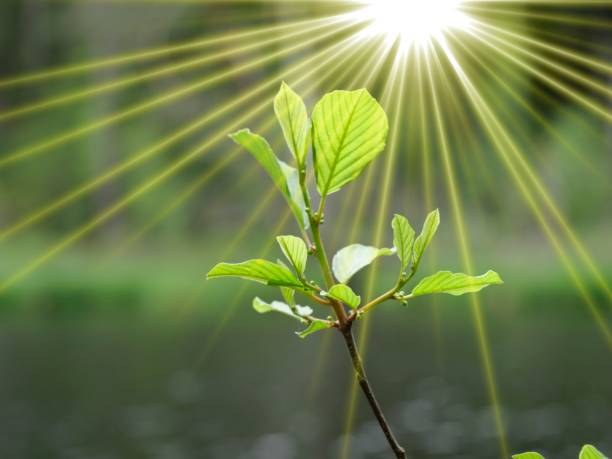
Understanding Light Intensity
In addition to the spectrum, the intensity of light also significantly impacts plant growth. Different plants have varying light requirements, and finding the right balance is key to their well-being. Insufficient light can lead to stunted growth and pale leaves, while excessive light may result in sunburned or scorched foliage.
When cultivating plants indoors, consider the light requirements of each species. Some plants, such as succulents and cacti, thrive in bright, direct sunlight, while others, like ferns and snake plants, prefer lower light conditions. Experimenting with light placement and duration can help you find the optimal conditions for your specific plants.
Choosing the Right Light Source
Whether you are cultivating plants indoors or supplementing natural light outdoors, the type of light source matters. Natural sunlight is an excellent and cost-effective option, but it’s not always feasible, especially in areas with limited sunlight or during winter months.
Artificial light sources, such as LED and fluorescent lights, have become popular alternatives for indoor gardening. LEDs, in particular, offer customizable spectra and energy-efficient options, allowing you to tailor the light to meet your plants’ specific needs. When selecting artificial lights, consider the color temperature and intensity to provide an environment that mimics natural sunlight.
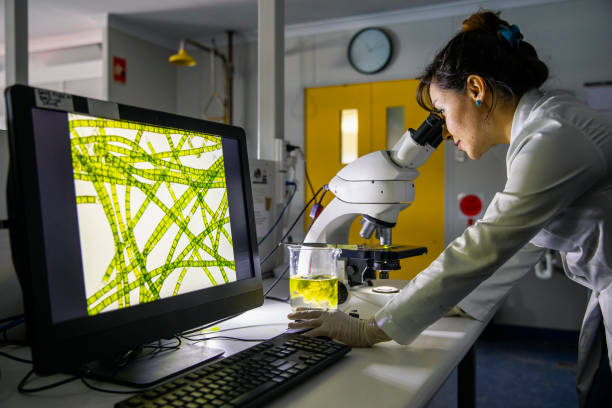
Tips for Optimizing Light Conditions
Rotate Your Plants: Regularly rotate potted plants to ensure all sides receive an equal amount of light, preventing uneven growth.
Monitor Light Levels: Invest in a light meter to gauge the intensity of light in different areas of your space. This tool can help you identify areas where plants may need additional light.
Supplement with Artificial Light: If natural sunlight is limited, consider supplementing with artificial light to meet your plants’ requirements. This is particularly useful for growing plants indoors.
Understand Plant Light Preferences: Research the light preferences of each plant species in your care. Some may thrive in direct sunlight, while others prefer filtered or indirect light.
Conclusion
In conclusion, the relationship between light and plant growth is a dynamic and intricate dance that gardeners can choreograph to perfection. By understanding the basics of how light influences photosynthesis, growth stages, and overall plant health, you can create an environment that nurtures your plants to their full potential. Experiment, observe, and adapt to the unique light requirements of your green companions, and watch as your garden flourishes in response to the nurturing power of light.

